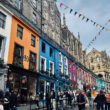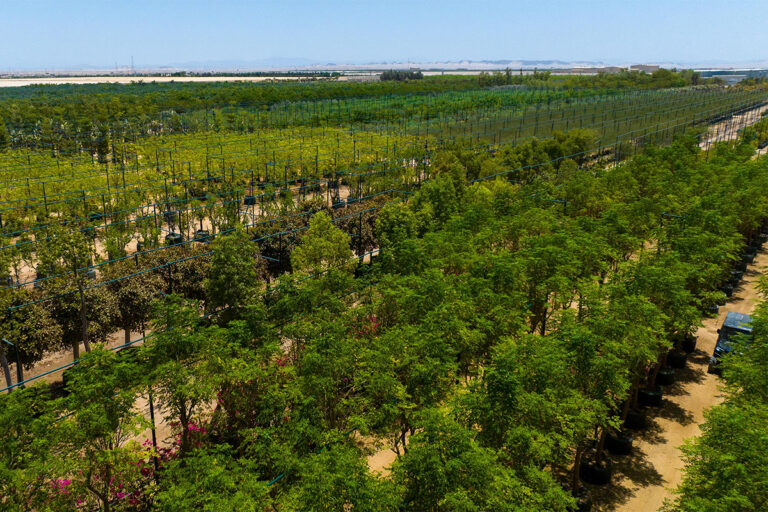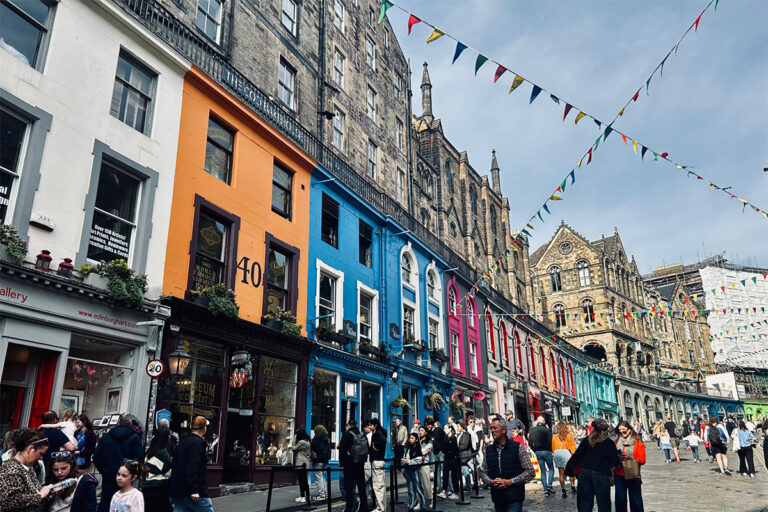In Germany, one in every four EV sold in the last two years has been a BMW i3, and the model is the third most popular EV in the world. With the i3, BMW is also pioneering innovative mobility services which are designed to make urban driving more environmentally and economically sustainable.

In September, the company’s DriveNow car-sharing service put a fleet of 400 i3s into service in the Danish capital Copenhagen. By reducing the numbers of cars on the roads, and ideally replacing them with EVs, car-sharing schemes such as DriveNow can both improve urban mobility and reduce pollution.
Carl Friedrich Eckhardt, head of BMW’s Center of Urban Mobility Competence in Munich, estimates that 50,000 car sharing cars could do the job of 500,000 individually owned cars in the German capital, not only reducing traffic but also freeing up city parking space for new uses by city dwellers. BMW set up the Center in early 2015, specifically to help create a sustainable model for urban mobility, reduce traffic volumes and improve the quality of life in cities.
At the Renault-Nissan Alliance, Thierry Bolloré says that new engine technologies, regulations and software connectivity are now steering the automotive industry towards a radically different business model, in which car manufacturers sell sustainable mobility services rather than just cars.
“Mobility is going to become something very different to what it is today,” he forecasts. “In the future, people won’t necessarily only be buying cars from us—they will be buying mobility services.”
These services are already available in some pioneering markets. In Copenhagen, BMW has now linked the electric i3’s navigation software to the city’s public transport system, so that it informs drivers in real time on the best way to complete their trip and on the intermodal connections they can make.
“The system can tell you when there is congestion and can recommend alternatives with public transit,” Eckhardt says.
“A whole new world of urban driving is possible when you link up cars and public transport. Our vision is to export our car-sharing ideas and mobility services to as many cities as possible and at an ever greater scale.”![]()









